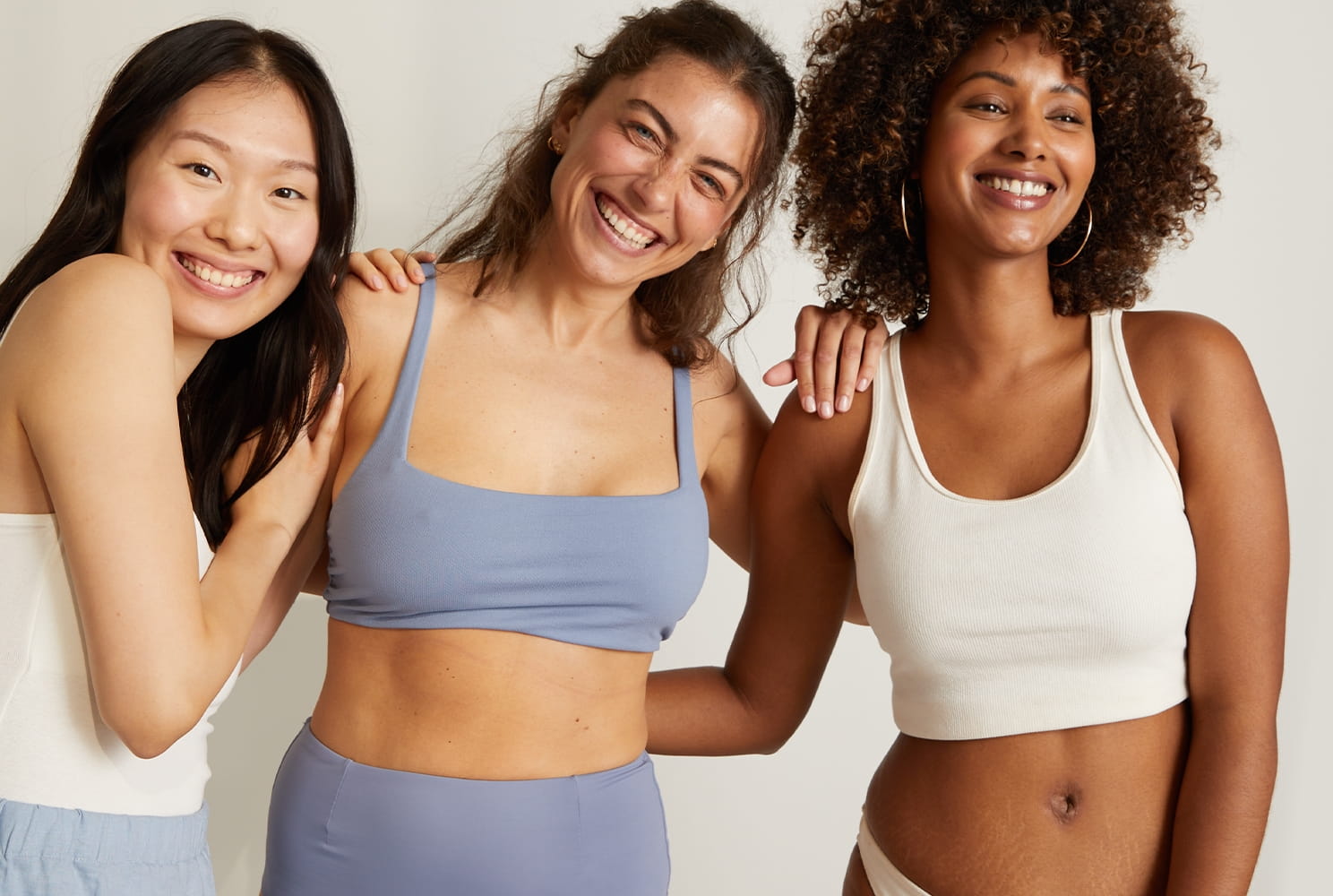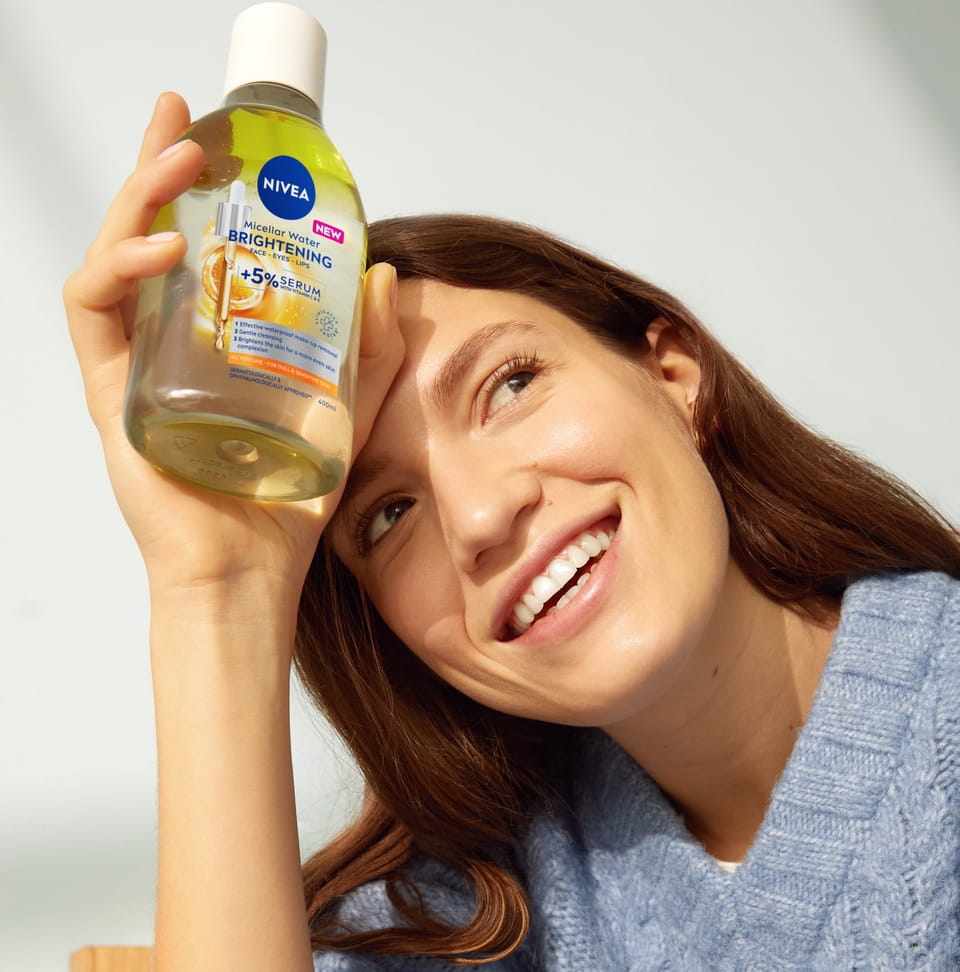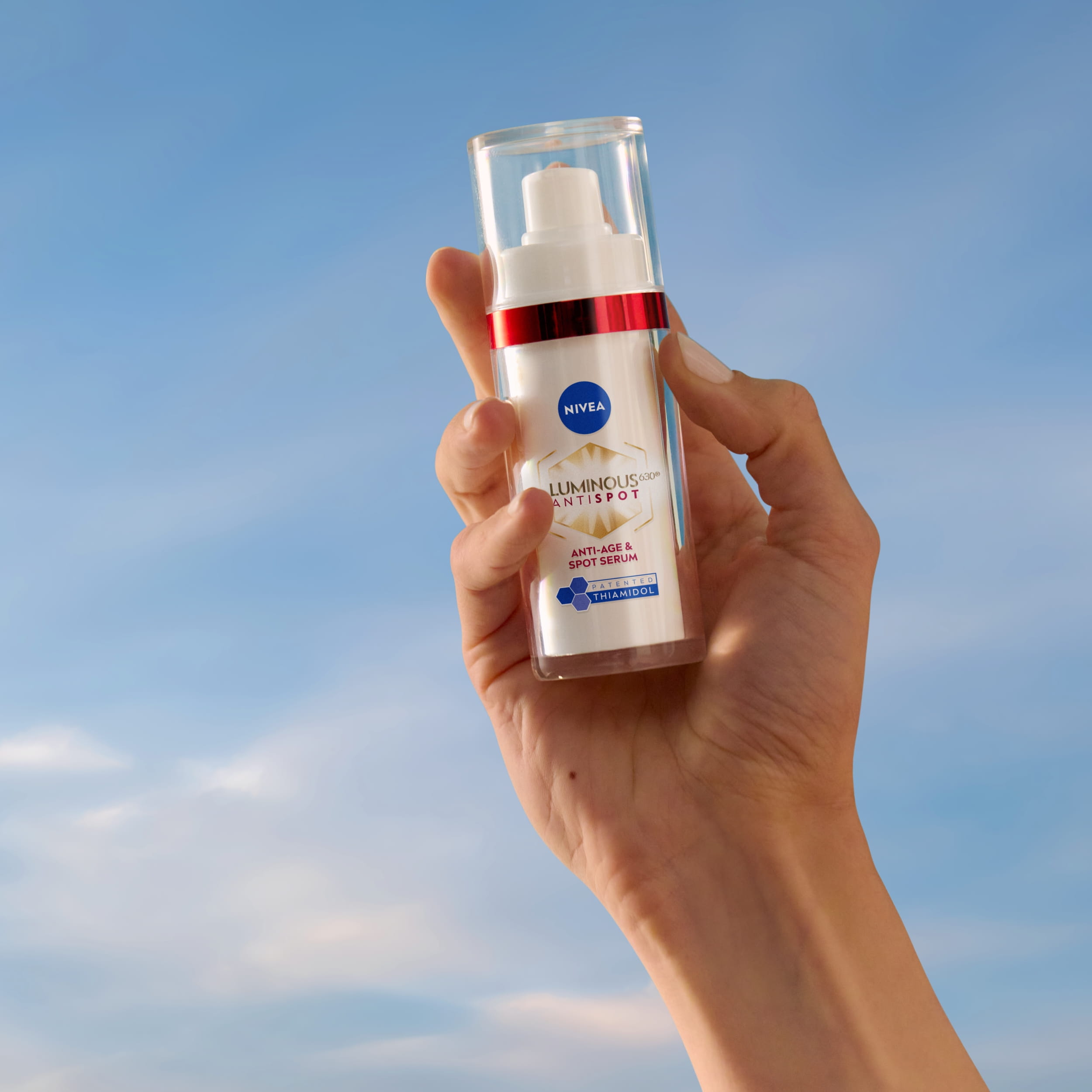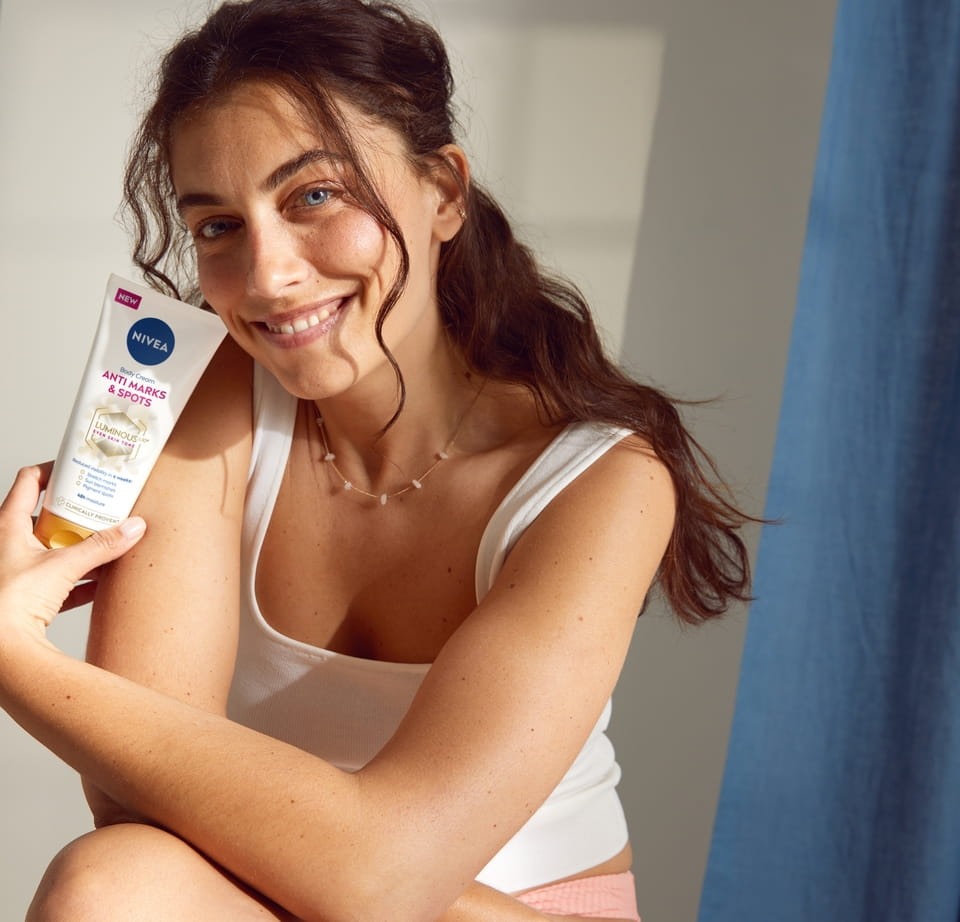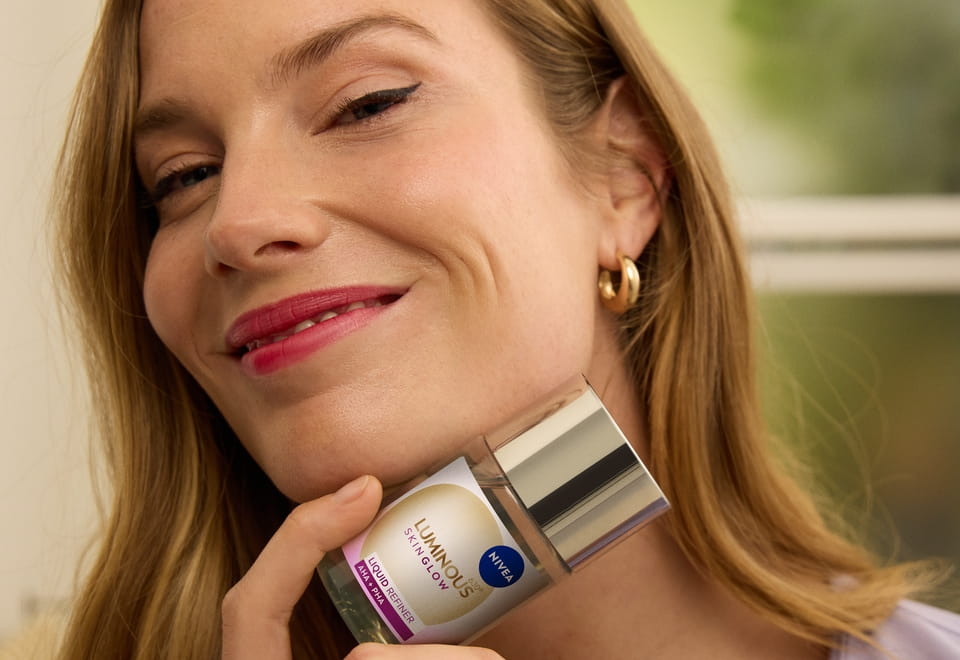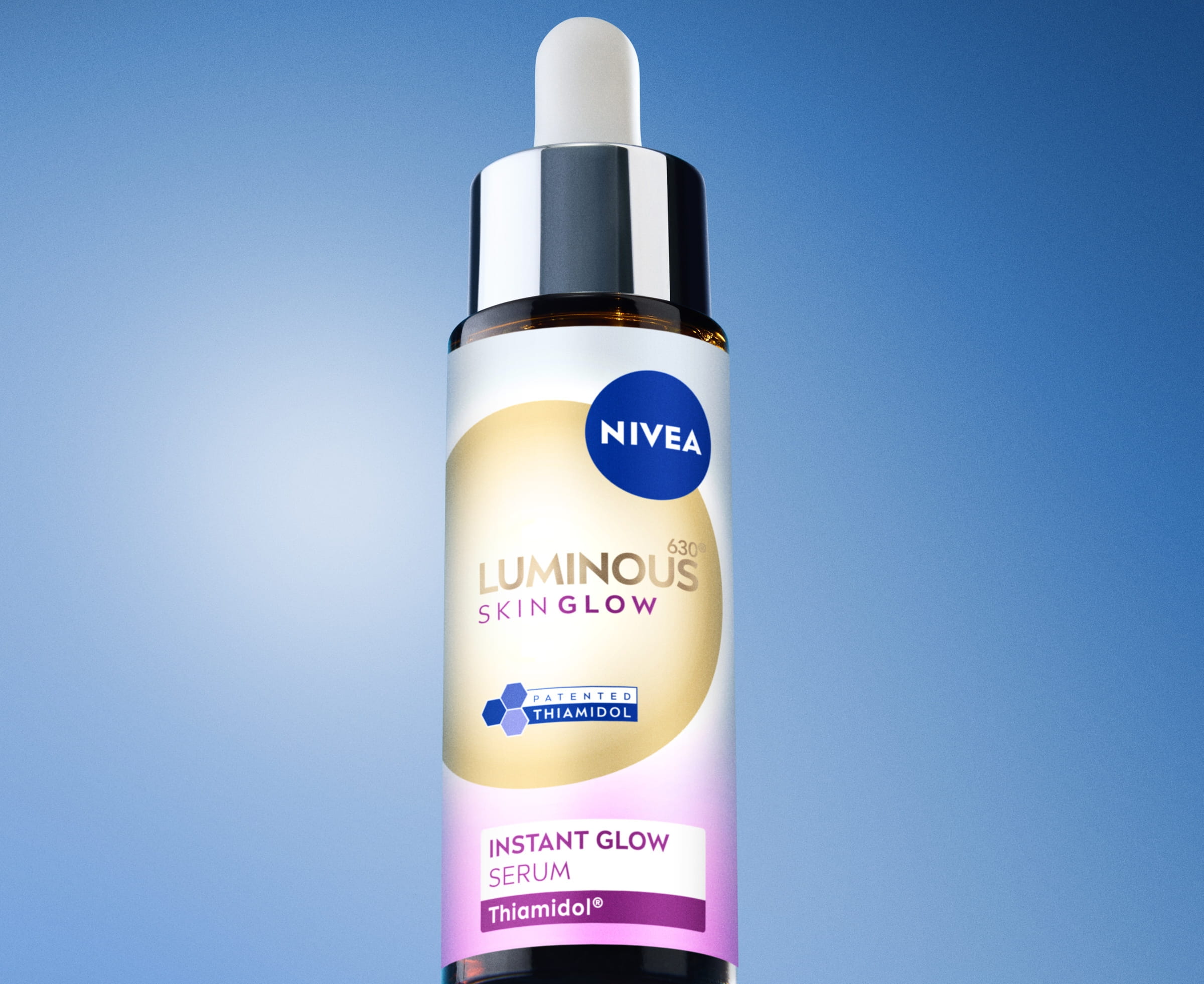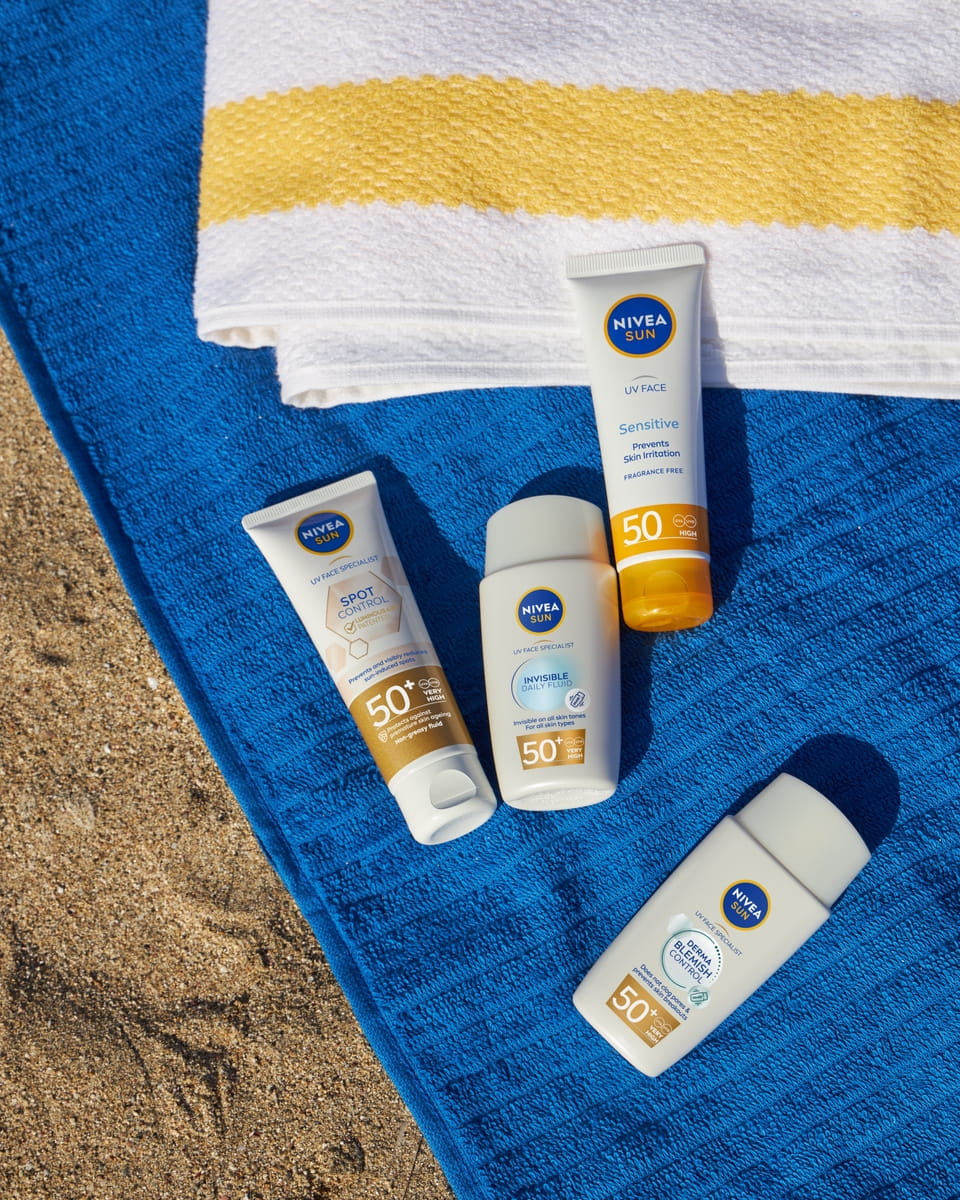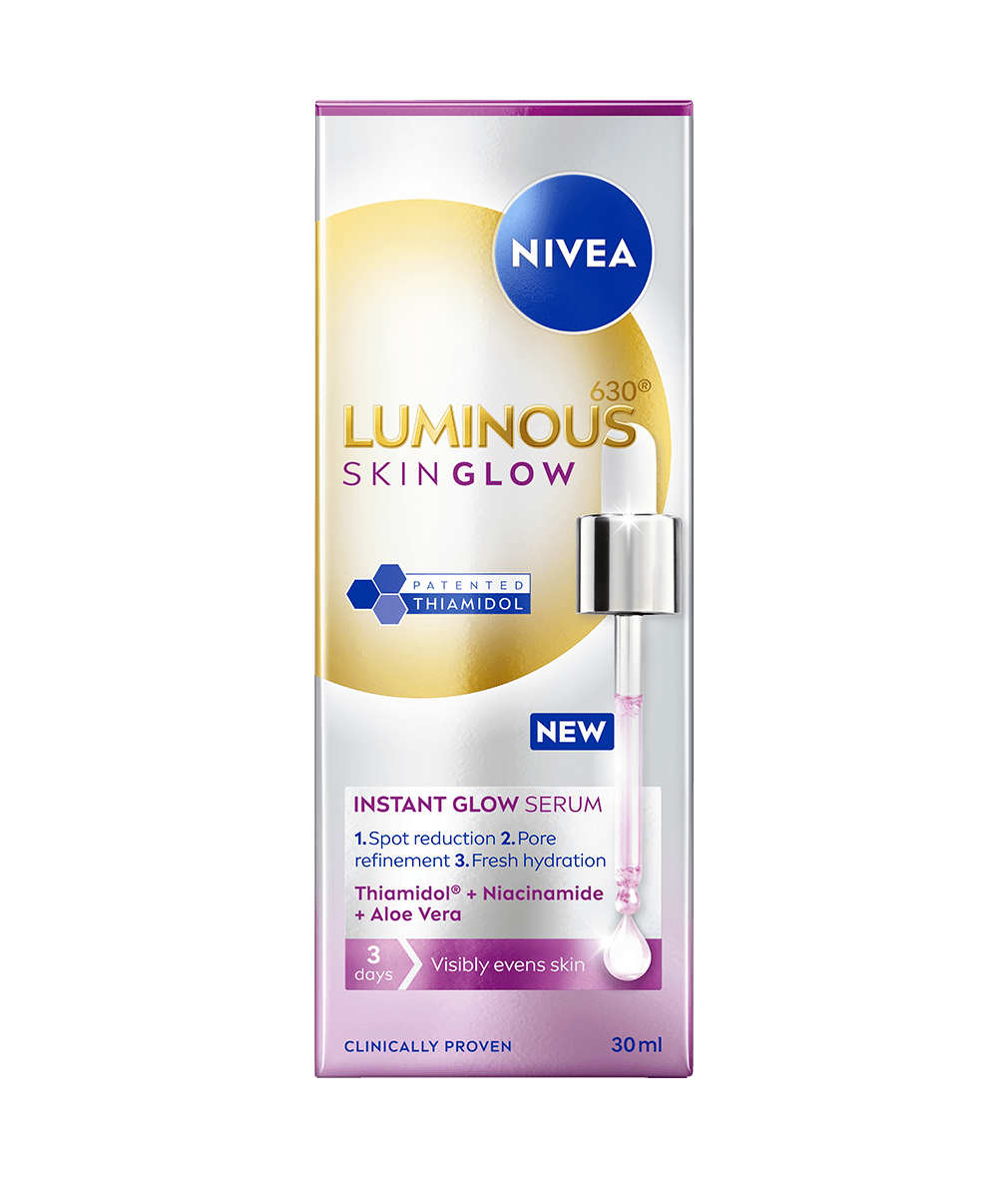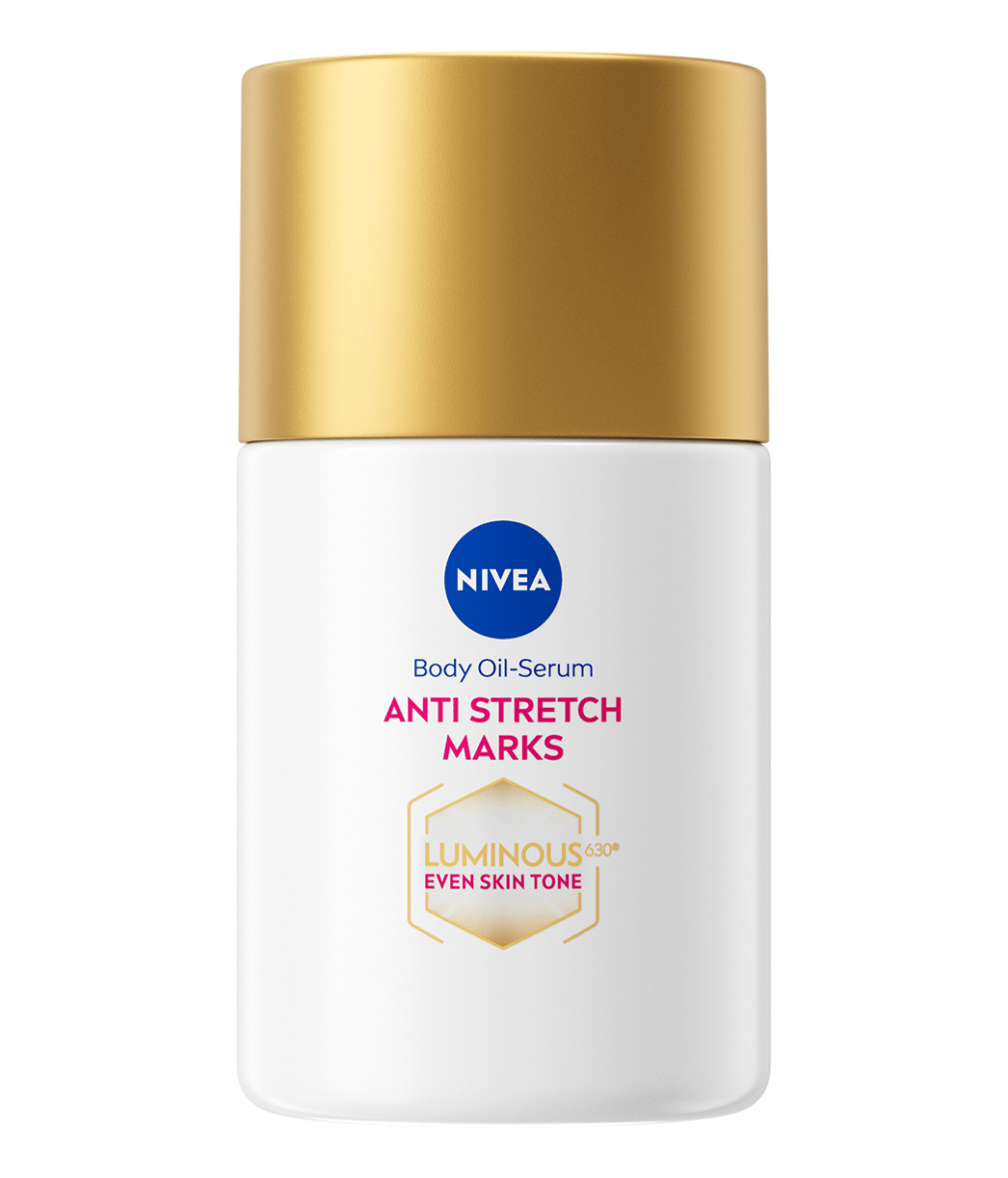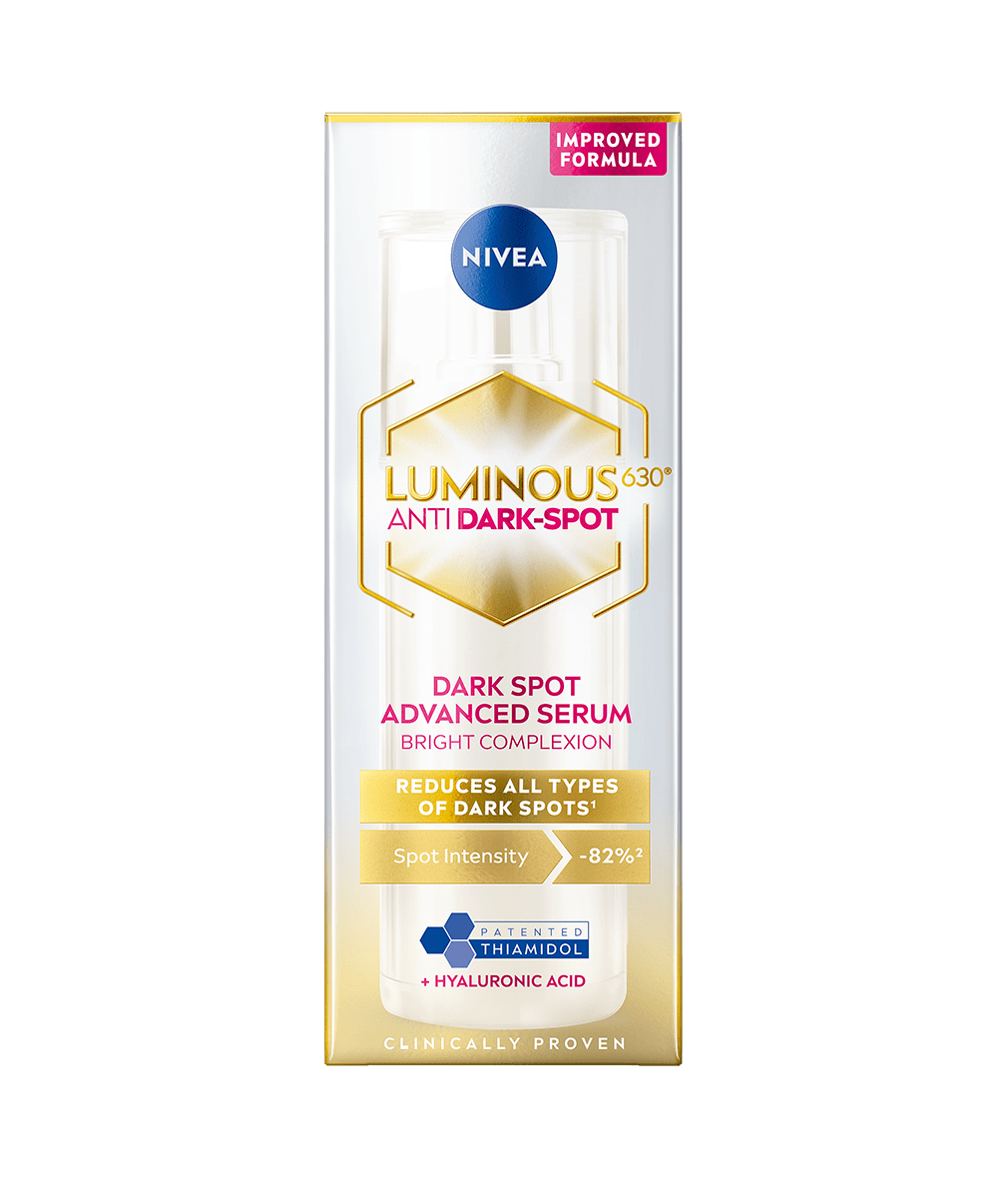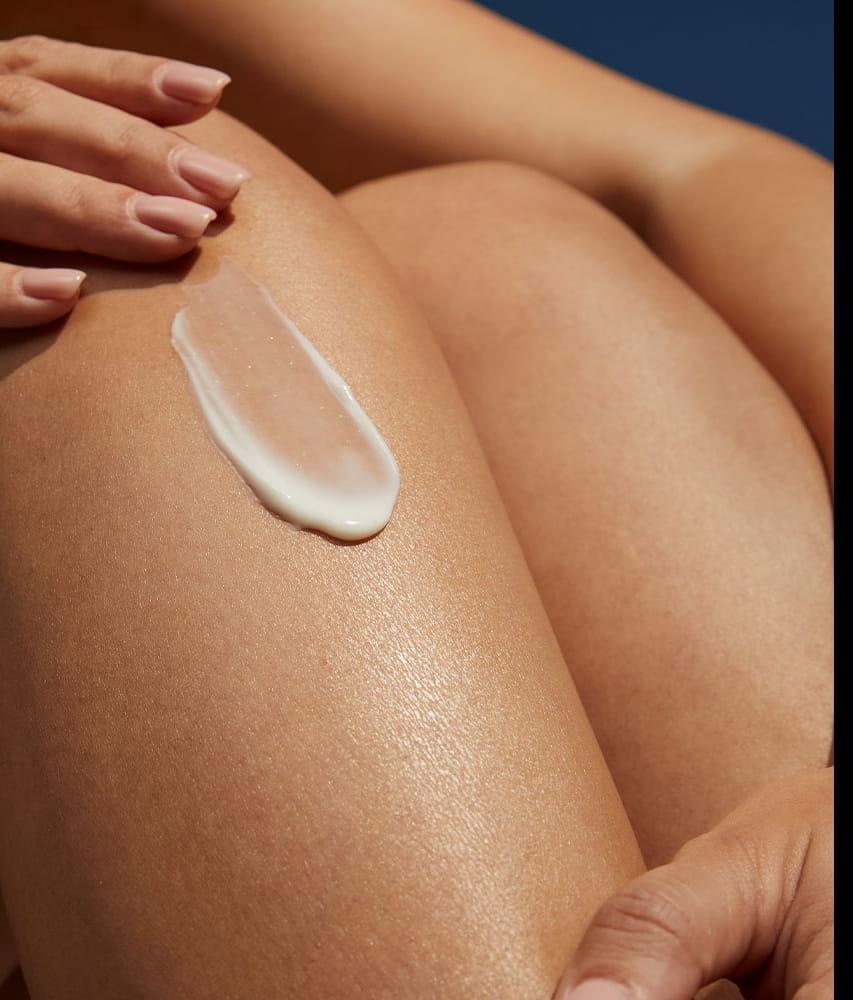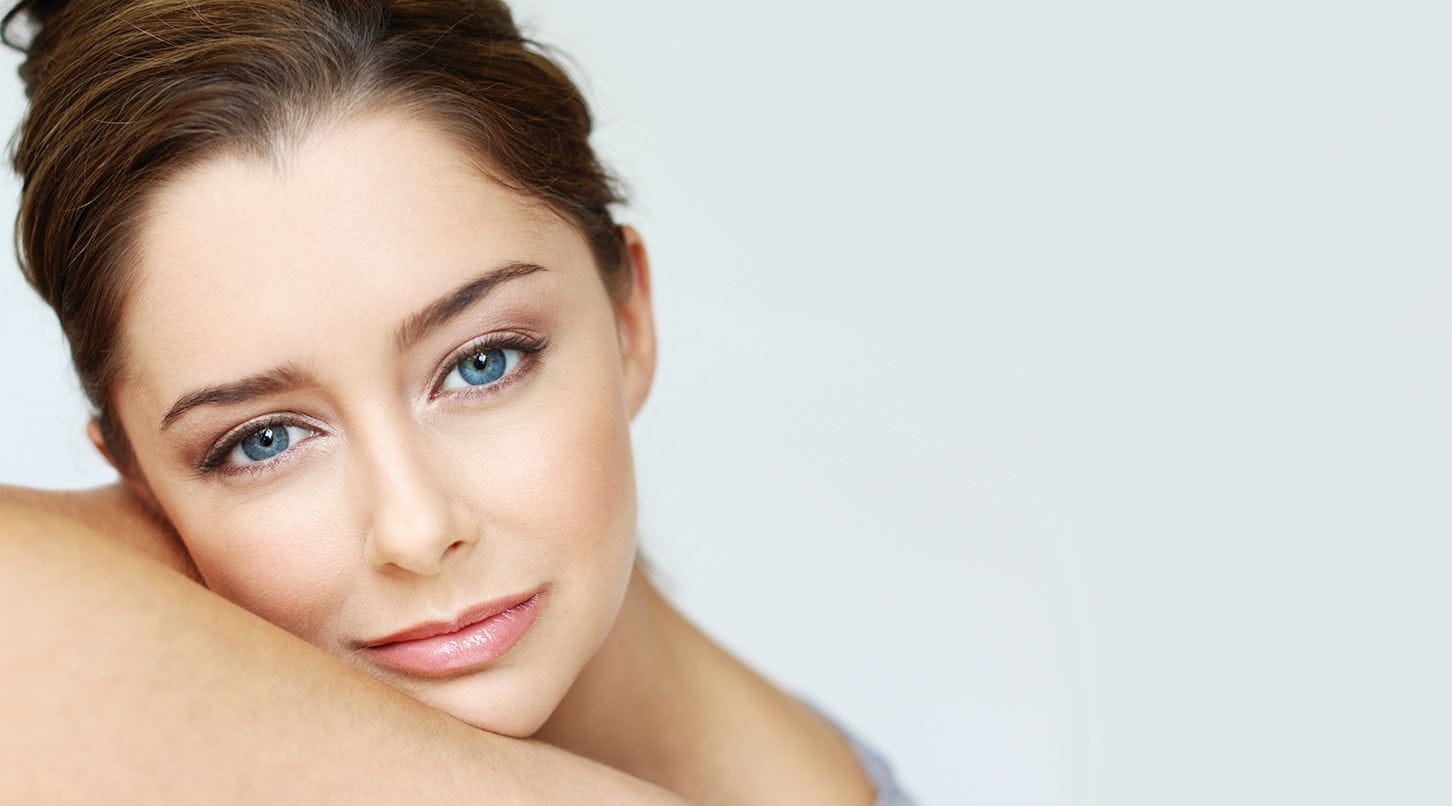
How to Help Get Rid of Dark Spots: Causes, Care & Prevention
Noticing brown patches on your skin? Here is everything you need to know about dark spots on the face & body. Including the most common causes and a skincare routine you can adopt to reduce their appearance.
Dark Spots – Overview
In this comprehensive guide, NIVEA explores the causes of dark spots and shares effective ways to manage and prevent them, revealing a path to a more luminous and even-toned complexion.
What Are Dark Spots on the Skin?
4 Common Areas for Dark Spots
Dark spots can appear on various areas of the body due to factors like sun exposure, ageing, hormonal changes, and skin trauma. Here are four common areas where dark spots often occur
Face:
The face is especially vulnerable to pigmentation because of constant UV exposure and its thinner, more sensitive skin. Over time, this can result in uneven tone and visible dark patches that affect overall brightness.
Hands:
Hands are one of the first places to show signs of sun damage, often developing brown spots or age spots. With frequent environmental exposure and less melanin regulation as we age, hyperpigmentation on the hands becomes more pronounced.
Chest:
The chest area is often overlooked in sun care, but it’s highly prone to UV-induced pigmentation. Irregular skin tone and darkened areas on the chest can result from years of unprotected or inadequate exposure, especially in warmer climates.
Back:
Dark patches can form on the back due to a combination of sun exposure, skin irritation from friction, or the buildup of dead skin cells. These marks may appear uneven and can be difficult to treat without a consistent routine.

How does the formulas within Luminous630 help dark spots?
6 Common Causes of Brown Spots on Skin
Sun Exposure:
Overexposure to ultraviolet (UV) rays is the leading cause of hyperpigmentation. Unprotected skin reacts by producing excess melanin, leading to sunspots, brown patches and uneven skin tone.
Hormonal Changes:
Hormonal fluctuations, particularly during pregnancy or when using hormonal contraceptives, can trigger conditions like melasma. This results in dark patches on the face and body, often difficult to fade without targeted care.
Post-Inflammatory Hyperpigmentation (PIH):
When the skin experiences trauma—such as after insect bites, rashes, or shaving—melanin can concentrate at the site, leaving behind dark marks. PIH is especially common in medium to darker skin tones.
Genetics:
Your genetic makeup can influence how your skin reacts to sunlight and irritation. If your family members are prone to brown marks, you're more likely to experience them too, regardless of your sun exposure.
Friction and Rubbing:
Chronic friction from tight clothing, shaving, or repeated movement in areas like the underarms, neck, and thighs can stimulate melanin production. This often results in dark patches and rough skin texture in those regions.
Ageing:
As we age, the skin's natural processes can become less efficient, including the distribution of melanin. This can result in the accumulation of pigmentation in certain areas, causing dark brown to black spots to appear.
6 Ways To Reduce Dark Spots
NIVEA Luminous630 Skincare Routine to reduce dark spots:
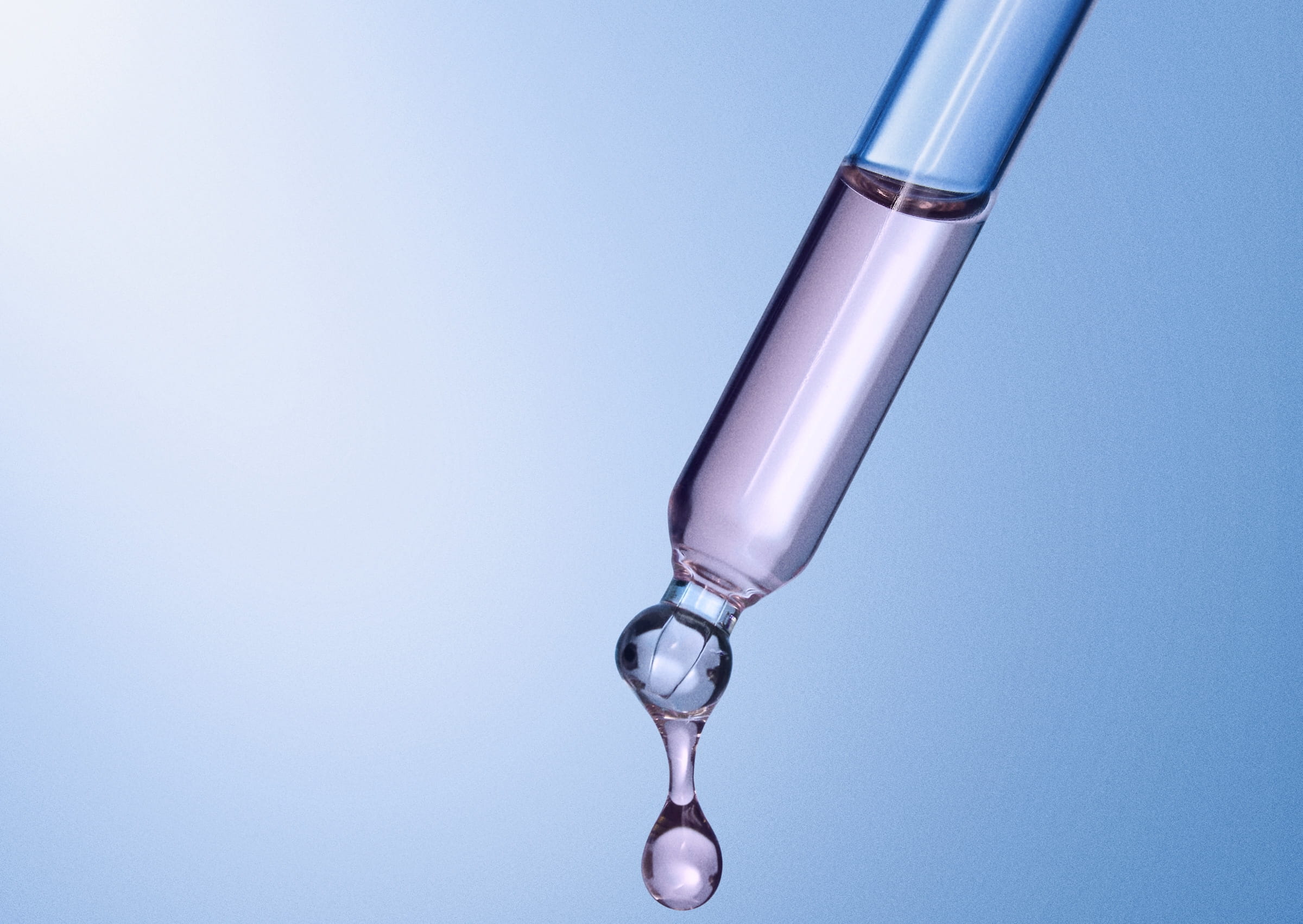
Luminous630 Instant Glow Serum
How to prevent dark spots on skin?
Use Sunscreen
Using sunscreen protects your skin from the sun damage that causes brown spots. By using a high SPF sunscreen - you can prevent your skin from becoming damaged and ensure that it's as healthy as possible to combat dark spots on the skin.
Cover Up
Black or brown spots on the face, neck and other overexposed areas can be prevented by covering them from the sun. Even if you use sunscreen, these areas are still more prone to dark spots than others. Try a baseball cap or a broad-brimmed hat to offer your face and neck protection from the sun.
Avoid The Midday Sun
The sun reaches its highest temperature and most intense points during midday and early evenings, increasing the risk of sun damage and the potential development of black and brown spots on the skin. To protect your skin, seek shade during these times and choose to enjoy the sun during periods when it isn’t as damaging to your skin.
By adopting these preventive measures and making sun protection a priority, you can significantly reduce your risk of developing dark spots and maintain healthier, youthful-looking skin over time
Summary
Consistency is key, as is the regular application of sunscreen to shield the skin from harmful UV rays, preventing the dark spots from intensifying.
While dark spots are generally not dangerous, it's strongly advised to have any skin discolouration examined by a dermatologist to rule out serious skin conditions.


